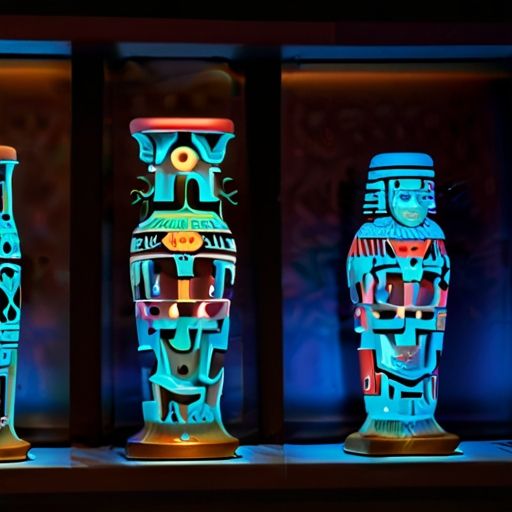Fascinating Facts About Historical Artifacts and Their Discoveries
Have you ever wondered about the stories behind the ancient artifacts displayed in museums around the world? From the intricate details of Egyptian mummies to the mysterious symbols on Mayan pottery, historical artifacts hold a wealth of information about past civilizations and the people who inhabited them. In this article, we will delve into the fascinating facts about historical artifacts and the incredible discoveries that have brought them to light.
The Rosetta Stone: Unlocking Ancient Secrets
One of the most famous historical artifacts is the Rosetta Stone, a slab of black basalt inscribed with three versions of a decree issued at Memphis, Egypt in 196 BC. The decree was written in Ancient Egyptian hieroglyphs, Demotic script, and Ancient Greek, making it a key to deciphering hieroglyphics. Discovered by French soldiers in Egypt in 1799, the Rosetta Stone ultimately led to the translation of Egyptian hieroglyphs, unlocking a wealth of knowledge about ancient Egyptian culture and history.
The Terracotta Army: Guarding the First Emperor of China
In 1974, farmers in China stumbled upon one of the most astonishing archaeological finds in history – the Terracotta Army. Buried alongside the first Emperor of China, Qin Shi Huang, over 2,000 years ago, this vast army of life-sized clay soldiers, horses, and chariots was meant to protect the emperor in the afterlife. The discovery of the Terracotta Army has provided valuable insights into the military, art, and culture of ancient China.
The Dead Sea Scrolls: Preserving Ancient Texts
Discovered between 1947 and 1956 in the caves of Qumran near the Dead Sea, the Dead Sea Scrolls are a collection of over 900 ancient texts, including the oldest known surviving copies of the Hebrew Bible. Written on parchment and papyrus, these scrolls date back to the 3rd century BC to the 1st century AD, shedding light on the religious and historical context of ancient Israel. The preservation of these texts has deepened scholars’ understanding of Judaism and Christianity.
The Titanic Artifacts: Relics of a Tragic Voyage
Following the sinking of the RMS Titanic in 1912, numerous artifacts from the ill-fated ship have been recovered from the ocean floor. These artifacts range from personal belongings like jewelry and clothing to larger items such as the ship’s wheel and portholes. The preservation and exhibition of Titanic artifacts have allowed people to connect with the passengers’ stories and gain a deeper appreciation for the tragedy that befell the ‘unsinkable’ ship.













